Introduction
In the realm of architectural design, the role of a 3D Visualization Specialist has emerged as a cornerstone of effective communication and project execution. As the architectural landscape becomes increasingly competitive, the demand for visually compelling representations that accurately convey design intent has never been more critical.
This article delves into the multifaceted responsibilities of these specialists, exploring:
- Their essential skills and qualifications
- The importance of 3D visualization in enhancing client engagement
- The common challenges they face in delivering high-quality renderings
Furthermore, it examines the future trajectory of this field, highlighting the impact of technological innovations such as virtual reality and artificial intelligence on the visualization process. By understanding these dynamics, industry professionals can better appreciate the indispensable role that 3D visualization plays in shaping successful architectural outcomes.
Core Responsibilities of a 3D Visualization Specialist
The role of a 3D visualization specialist is crucial in the architectural development process, primarily aimed at creating high-quality 3D renderings that accurately depict architectural concepts. In a competitive landscape where, as reported by The Architect’s Newspaper, there were 35,621 candidates actively working on licensure in 2022, the importance of skilled specialists becomes even more pronounced. Their key responsibilities encompass:
Creating Detailed Renderings: Specialists produce photorealistic images of proposed concepts, allowing clients and stakeholders to envision the final outcome prior to construction. The precision and attention to detail in these renderings not only capture the essence of the creation but also weave together a narrative that tells a compelling story about the future building, emphasizing how each tiny element contributes to the overall vision.
Working with Architects and Designers: Close cooperation with architects is essential, as experts must understand creative intentions to ensure that representations align seamlessly with architectural plans and specifications. This partnership promotes alignment with the customer’s vision and encourages feedback at every stage, improving the overall development process. Client feedback directly influences the precision and detail of the renderings, ensuring that the final output resonates with their expectations.
Utilizing Advanced Software: Mastery of advanced software tools such as Autodesk 3ds Max and Cinema 4D is essential for developing intricate models and renderings, which are vital for effective communication of ideas. These tools enable the meticulous detail required to ensure accuracy in renderings.
Incorporating Feedback: Integrating input from customers and creative teams is a crucial aspect of the role, enabling the refinement of visualizations to improve precision and alignment with objectives. This iterative process ensures that the final output aligns with customer expectations.
Presenting Visualizations: Specialists frequently participate in showcasing their work to clients, effectively communicating design concepts and encouraging discussions on potential modifications. These renderings serve as a powerful tool in pre-sales visualization, bridging the gap between concept and reality and igniting interest and investment well before the physical manifestation of the endeavor.
A case study on improved planning and coordination illustrates the practical benefits of 3D visualization tools: they help identify potential conflicts and issues before construction begins, minimizing delays and reducing costly rework, thereby ensuring smoother execution. For instance, a recent initiative saw a 30% reduction in change orders due to early conflict detection facilitated by detailed renderings. Ultimately, the role of the 3D visualization specialist is to serve as a vital link between architectural creation and customer understanding, converting intricate concepts into visually appealing representations that improve project success rates.
Essential Skills and Qualifications for Success in 3D Visualization
To excel as a 3D visualization specialist, candidates must develop a unique blend of technical expertise and creative flair while also understanding client needs and market trends. The following qualifications are essential:
Educational Background: A degree in architecture, graphic design, or a closely related discipline is highly advantageous, as it lays down the fundamental principles of design and construction methods.
Technical Proficiency: Mastery of industry-standard software is imperative. Proficiency in tools such as Blender, V-Ray, and Rhino not only enhances a specialist’s capability to produce exceptional visualizations but also facilitates the rectification of mistakes before construction begins, mitigating costly errors. Statistics show that 3D technology significantly reduces the likelihood of errors during the construction phase, underscoring the importance of technical skills in this field.
Artistic Skills: A keen understanding of aesthetics and color theory is crucial for crafting renderings that effectively convey a vision to customers and stakeholders, thereby enhancing property value through visual appeal and market differentiation.
Attention to Detail: Precision is paramount; the ability to identify and correct minor discrepancies can greatly influence the overall quality of a presentation. Client testimonials often highlight how attention to detail builds trust and satisfaction in the final product.
Communication Skills: Effective verbal and written communication abilities are vital for successful collaboration with architects and for articulating concepts to stakeholders, ensuring a shared vision is achieved throughout the lifecycle.
Problem-Solving Abilities: Strong problem-solving skills are necessary to address challenges that may arise during the rendering process, ensuring that both quality and timelines are upheld.
In summary, individuals aspiring to become a 3D visualization specialist should prioritize building a comprehensive skill set that merges technical knowledge with artistic vision. This dual emphasis is crucial for creating top-notch representations that meet the changing needs of the architectural sector, as highlighted by input from customers. Additionally, when seeking quality 3D architectural rendering services, it is advisable to review client testimonials, assess portfolios for quality, and ensure clear communication of project expectations.
The case study titled ‘Interactives Service’ illustrates a growing interest in interactive solutions, further emphasizing the need for specialists to adapt and innovate within their practice. As Chris Lysy observes, the journey in data representation is multifaceted; understanding one’s end goals is critical, as it will shape the necessary hard and soft skills required for success in this dynamic field. Furthermore, considering outsourcing 3D architectural rendering can enhance business efficiency by allowing firms to focus on core competencies while leveraging specialized expertise for high-quality outputs.
The Importance of 3D Visualization in Architecture
The role of a 3D visualization specialist has fundamentally changed the architectural landscape by acting as a crucial tool for communication and validation of concepts. Its significance can be delineated through several critical aspects:
Enhanced Communication: 3D visualizations serve as a bridge, effectively translating intricate architectural concepts into accessible formats for clients and stakeholders lacking technical expertise.
This clarity fosters improved understanding and encourages constructive feedback, ultimately leading to more informed decision-making. By providing developers with detailed renderings created by a 3D visualization specialist, the ambiguity surrounding interpretations is eliminated, empowering communication with contractors, builders, lenders, municipalities, and various stakeholders.Design Validation: The ability to visualize designs in three dimensions enables architects to meticulously evaluate proportions, material choices, and spatial relationships prior to the commencement of construction.
This proactive approach significantly diminishes the risk of costly alterations during the building phase, facilitating smoother project execution. Furthermore, high-quality renderings can showcase functionality and aesthetics, enhancing customer satisfaction and marketing effectiveness.Marketing and Presentation: High-fidelity representations serve as powerful promotional tools, enabling companies to effectively showcase their designs to potential customers and investors.
The persuasive power of these visual tools enhances a firm’s competitive advantage in a crowded market, while pre-sales imagery instills confidence in projects, igniting interest and investment long before the physical manifestation.Customer Engagement: The advent of interactive visualizations and virtual reality experiences has elevated customer engagement to unprecedented levels.
Clients can immerse themselves in the design, exploring spaces in ways that static images fail to deliver. This level of interaction fosters a stronger emotional bond to the project, enhancing satisfaction and trust.Problem Identification: The virtual construction process inherent in 3D representation helps identify potential problems that traditional quality control might miss.
By simulating the construction process, architects can foresee issues and address them proactively, ensuring a smoother workflow. This capability is crucial in enabling a 3D visualization specialist to craft detailed 3D representations for client evaluation and design experimentation, ultimately leading to cost savings through early issue resolution and necessary adjustments.
In essence, the utility of 3D imagery transcends mere image creation; it enriches the architectural process from initial conception through to final execution. As emphasized by Autodesk, companies utilizing Building Information Modeling (BIM) that includes 3D imagery report an impressive average time saving of 20% on their assignments, underscoring the efficiency improvements attainable through these advanced methods. Moreover, recent data from Protolab suggest that R&D expenses have experienced substantial investment, highlighting the significance of innovative technologies such as 3D representation in propelling architectural progress.
Furthermore, recent case studies reveal that 3D modeling not only accelerates project timelines but also lowers labor costs and reduces errors, leading to potential operational cost savings of up to 30% over a facility’s lifecycle. This convergence of enhanced client communication, operational efficiency, and the ability to identify potential issues marks 3D representation as an indispensable element in modern architectural practice, especially in a competitive landscape where the worldwide APM software market is rapidly evolving.
Common Challenges Faced by 3D Visualization Specialists
The role of a 3D visualization specialist is both rewarding and challenging, encompassing a range of complexities that require adept problem-solving skills. Key challenges include:
- Time Constraints: Specialists frequently work under tight deadlines, requiring the capability to create high-quality representations quickly.
Efficient time management and prioritization are crucial in this high-pressure environment, particularly given the effect of task complexity on rendering time—ranging from a few days for conceptual visualizations to one to two weeks for detailed presentations.
- Importance of Clear Communication: Providing clear and timely information is crucial in construction endeavors, as it optimizes time and cost. Timely and accurate communication, whether beginning with detailed construction sets or basic sketches, can greatly enhance outcomes and satisfaction.
By ensuring the right information is provided early in the process, projects can avoid costly delays and rework, ultimately saving both time and money.
- Customer Expectations: Navigating customer expectations can be especially challenging, particularly when they have limited understanding of the representation process. Balancing these expectations with achievable outcomes is crucial to avoid misunderstandings and dissatisfaction.
A case study on common mistakes in data display highlights how misleading representations can arise when only favorable data segments are presented, further complicating client relations.
- Technological Limitations: The fast-paced evolution of technology and software in the field of representation demands constant learning and adaptation. Staying abreast of the latest tools and techniques is imperative for maintaining a competitive edge.
Significantly, the work of a 3D visualization specialist enables the depiction of data in a spatial context through 3D representations, offering users an improved understanding of depth, which highlights the crucial role of high-quality graphics in development and decision-making.
- Integration with Other Disciplines: Successful collaboration with cross-disciplinary teams, including engineering and construction, requires effective communication and coordination. Ensuring that representations align with intricate technical specifications is vital for project success.
Furthermore, ensuring accessibility and understanding of 3D representations for varied audiences, particularly those with visual impairments, presents considerable challenges.
Acknowledging these difficulties enables the 3D visualization specialist to develop strategic methods to address them efficiently. Attention to detail is paramount; from the way sunlight dances off the windows to the subtle texture of the bricks, these elements enhance the realism and emotional impact of architectural renderings. By embracing these obstacles as opportunities for growth and innovation, as expressed by Yissel Álvarez, we can continue to unlock the full potential of 3D representations across various fields of endeavor.
The Future of 3D Visualization in Architecture
The future of 3D visualization in architecture is on the verge of significant change, driven by technological advancements and shifting customer expectations. A few pivotal trends are shaping this landscape:
Virtual and Augmented Reality: The adoption of VR and AR technologies is set to revolutionize client interactions, enabling immersive experiences that foster deeper engagement and understanding of architectural concepts. These tools facilitate a more intuitive understanding of spatial relationships and subtle details, bridging the gap between builders and homeowners through lifelike representations.
Real-Time Rendering: With significant enhancements in software capabilities, real-time rendering is transitioning from a novel concept to a standard practice. This advancement enables architects to receive immediate feedback and make real-time adjustments during discussions, thereby streamlining workflows and enhancing collaboration. A case study titled “Transformative Roles of Real-Time Rendering and AI in Architecture” highlights how these technologies are becoming industry standards, significantly impacting architectural practices.
Artificial Intelligence: The integration of AI-driven tools is transforming the representation process, automating repetitive tasks, and allowing for the creation of lifelike CG humans that effectively overcome the uncanny valley in architectural renderings. This change not only boosts efficiency but also enables architects to concentrate on more imaginative elements of their work, ultimately improving the emotional effect and authenticity of their creations.
Sustainability and Green Building: As sustainability takes precedence in architectural planning, visualizations are increasingly aimed at highlighting eco-friendly materials and energy-efficient solutions. This focus aligns with the growing demand for responsible architecture that prioritizes environmental impact, further enhanced by the intricate details in architectural renderings that communicate these aspects effectively.
As Preeti Wadhwani notes, “3D rendering is experiencing a surge due to its expanding role in product marketing,” emphasizing the importance of this technology in contemporary architectural practice.
Alongside these trends, the collaborative rendering process at J. Scott Smith Visual Designs includes several key steps:
- Initial communication and project briefs to comprehend goals
- Detailed modeling of designs
- Material and lighting selection
- Ongoing refinement based on feedback
This organized method guarantees that the final product not only meets but surpasses customer expectations.
As these trends materialize, it is essential for 3D Visualization Specialists to refine their skills and methodologies to effectively harness these emerging technologies. This adaptability will be crucial in meeting the sophisticated demands of customers and maintaining a competitive edge in the ever-evolving architectural landscape. Furthermore, Protolab’s research and development expenses from 2018 to 2021 underline the financial commitment to these advancements, providing quantitative support for the trends discussed.
Testimonials from satisfied clients further illustrate the effectiveness of these technologies in enhancing project outcomes.
Conclusion
The significance of 3D Visualization Specialists in the architectural design process cannot be overstated. Their multifaceted responsibilities, ranging from creating detailed renderings to collaborating closely with architects, ensure that design concepts are not only accurately represented but also compellingly communicated. As the industry continues to evolve, the mastery of advanced software and the ability to incorporate client feedback have become essential skills that directly impact project success.
The role of 3D visualization extends beyond mere aesthetic appeal; it enhances client engagement and facilitates informed decision-making. By transforming complex architectural ideas into accessible visual formats, these specialists bridge the gap between technical design and client comprehension. Moreover, the challenges faced in this field, such as time constraints and the need for clear communication, highlight the importance of effective problem-solving and adaptability.
Looking ahead, the future of 3D visualization is poised for transformation, driven by advancements in virtual and augmented reality, real-time rendering, and artificial intelligence. These innovations promise to redefine client interactions and streamline architectural workflows, making it imperative for specialists to refine their skill sets and embrace new technologies. As the architectural landscape becomes increasingly competitive, the role of the 3D Visualization Specialist will remain crucial in delivering high-quality, impactful visualizations that resonate with clients and stakeholders alike.
In summary, the integration of 3D visualization into architectural practice is not just a trend but a fundamental shift that enhances design validation, marketing effectiveness, and overall project efficiency. As the industry adapts to new technologies and client expectations, the value of skilled visualization specialists will continue to grow, solidifying their position as indispensable contributors to successful architectural outcomes.
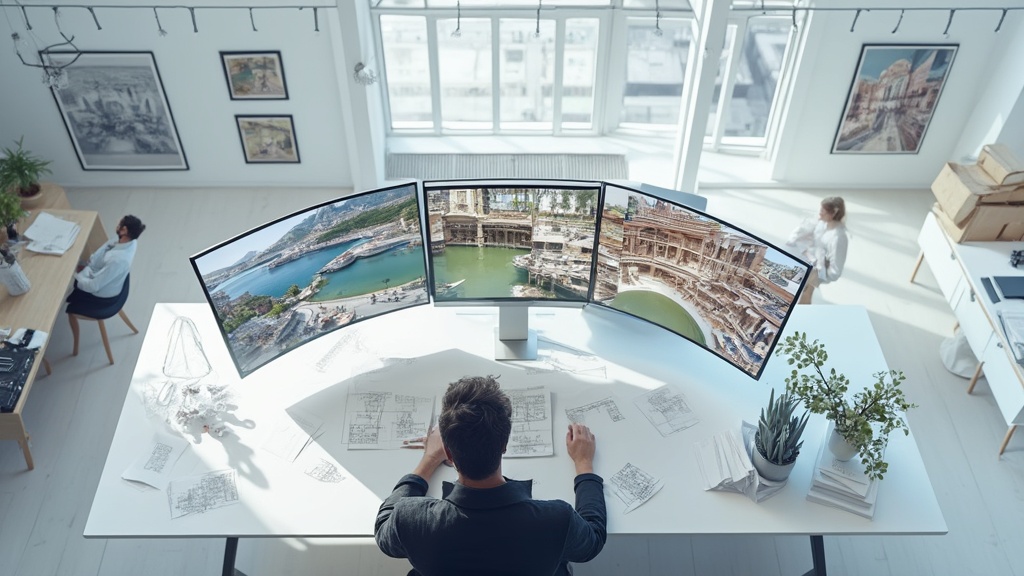
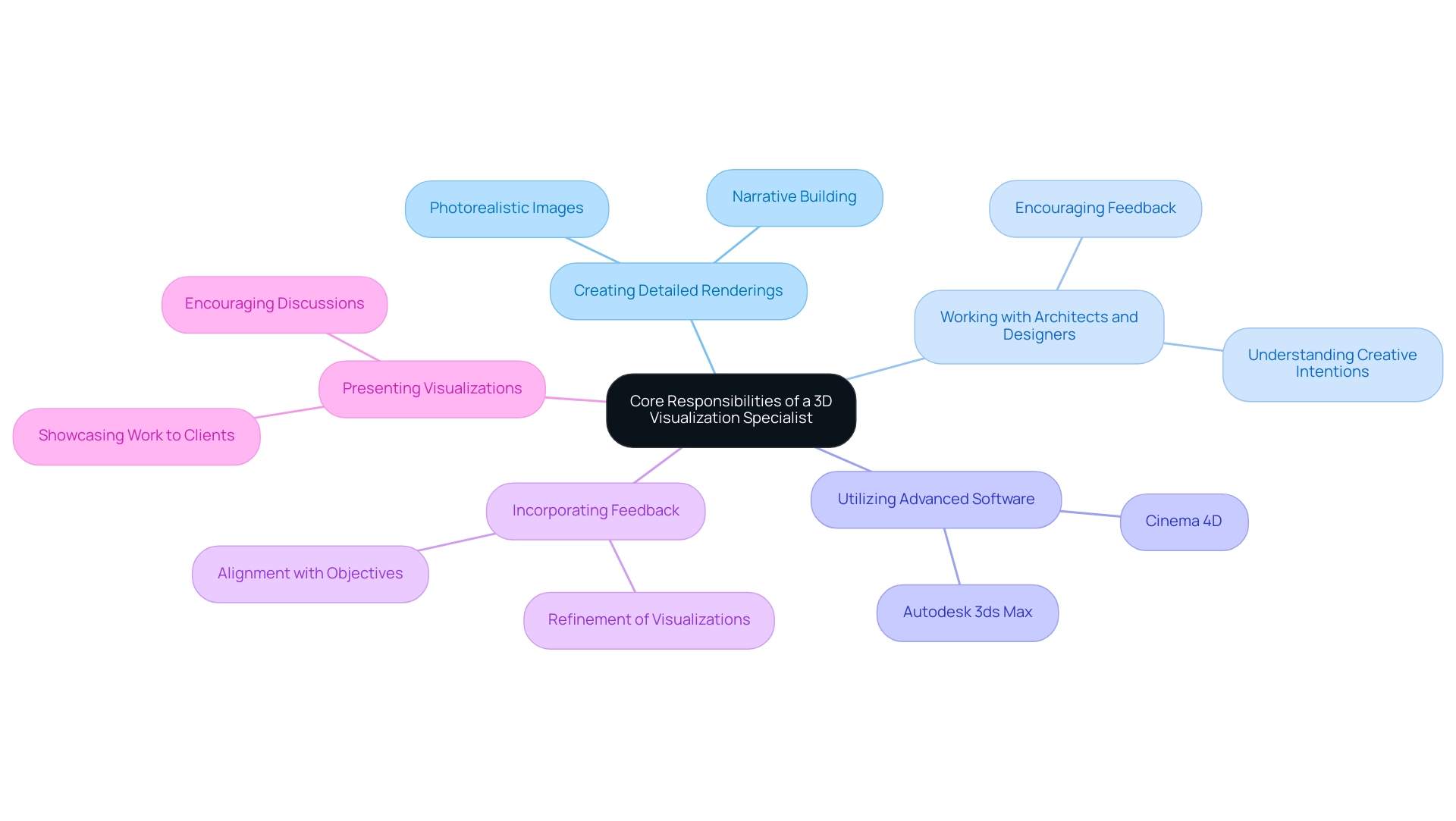
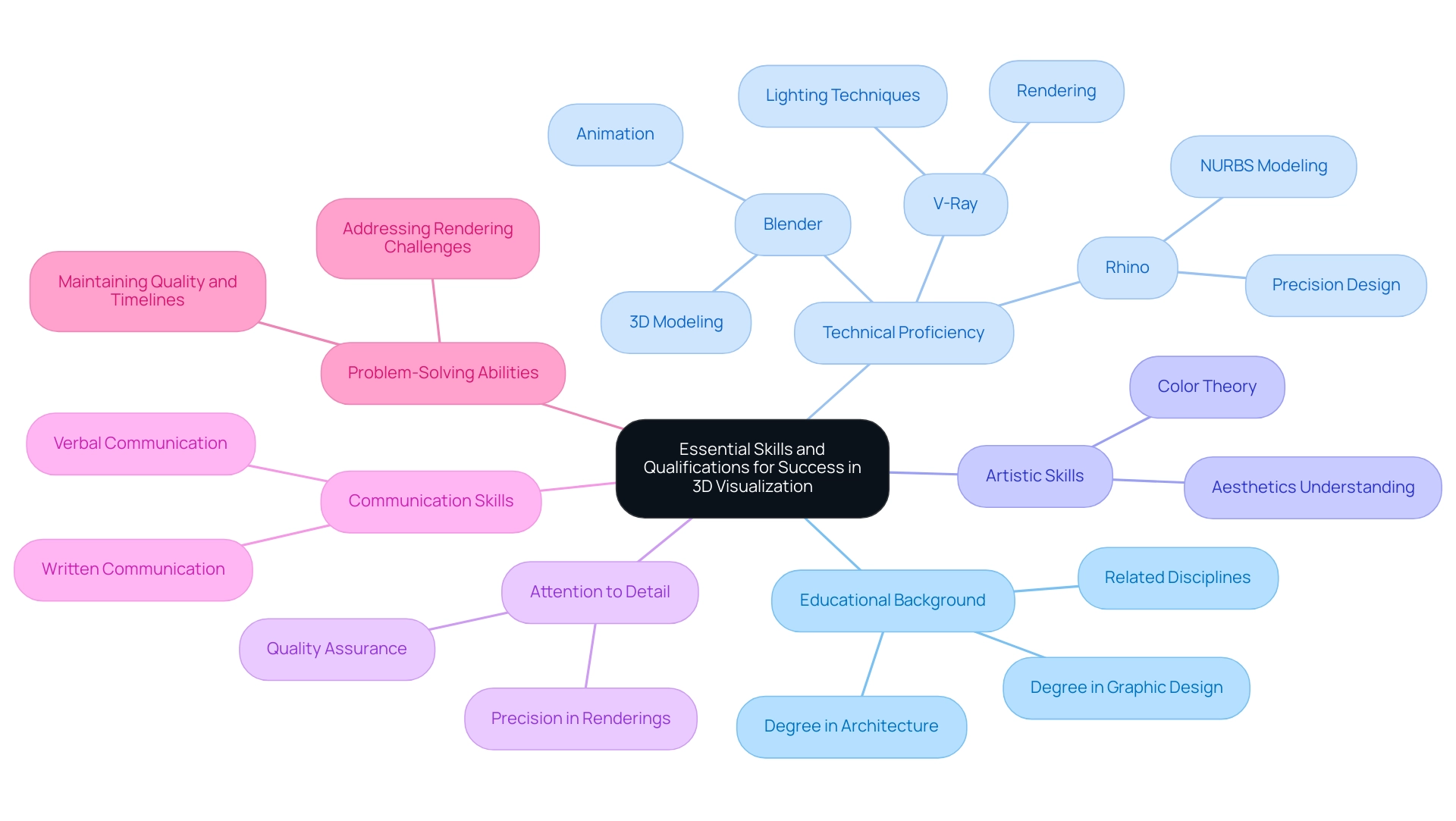
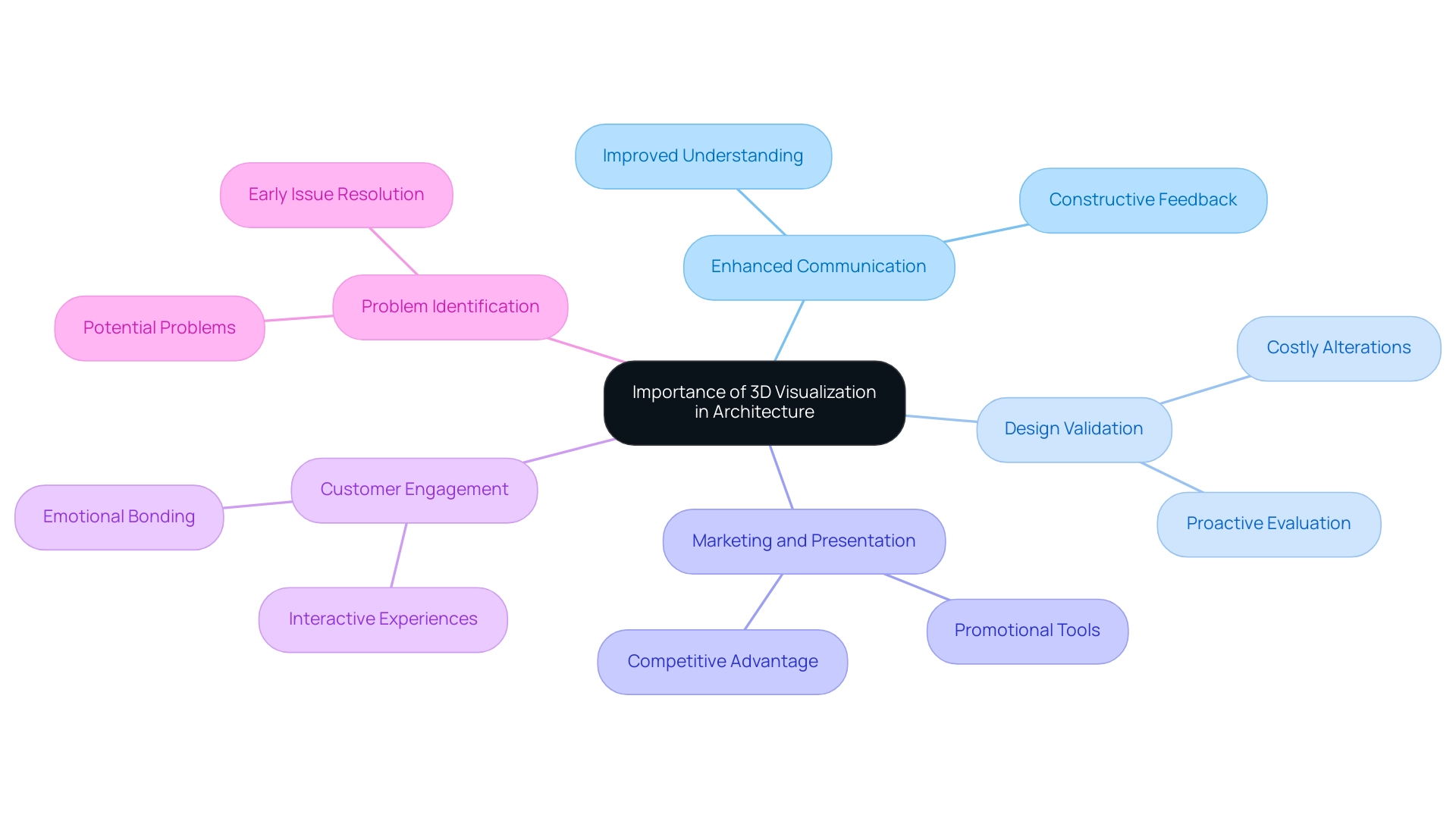
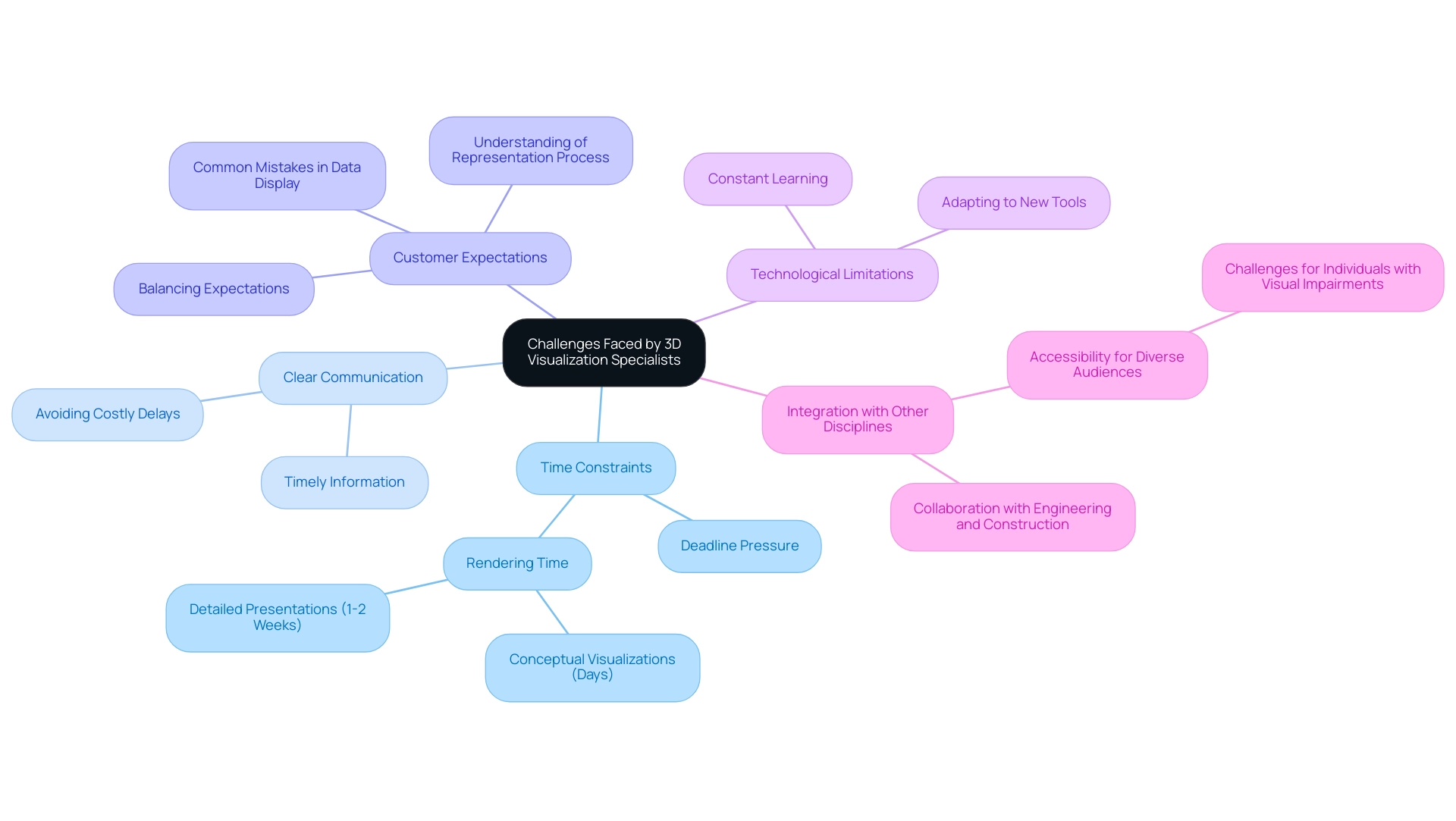
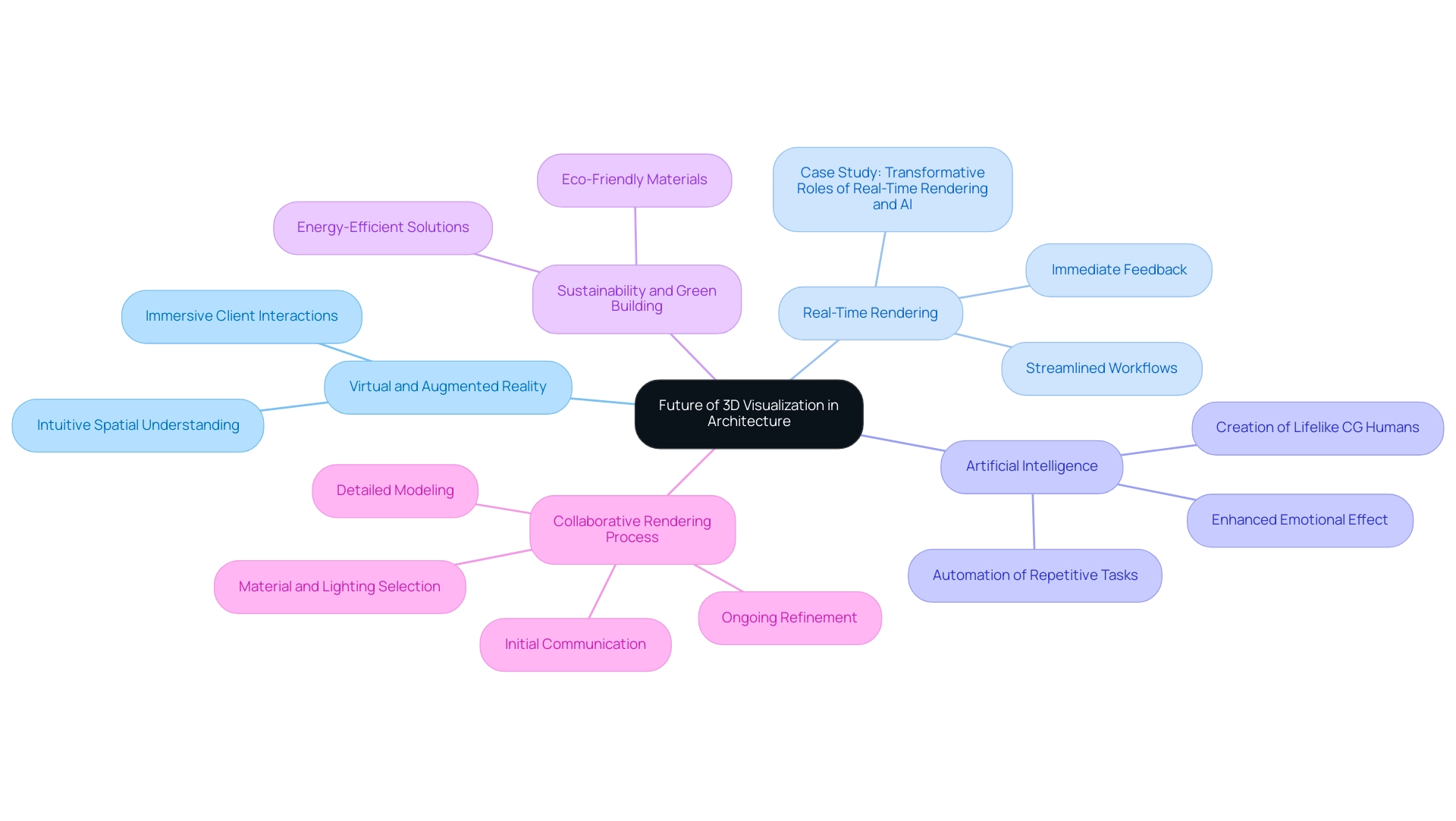
0 Comments